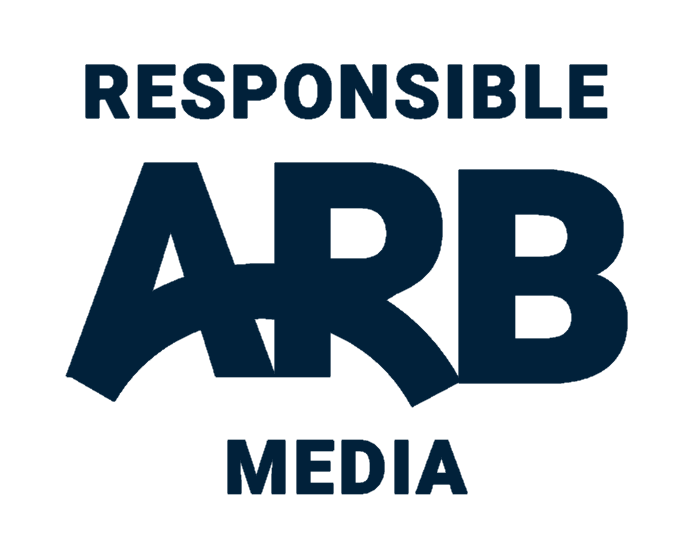Agri Hour
Brucellosis: overview and symptoms─── ELSABÉ RICHARD 05:30 Thu, 26 Nov 2020

The newest buzz word in the agricultural sector is Brucellosis.
The disease made headlines when an outbreak was confirmed by the KwaZulu-Natal Department of Agriculture in the northern part of the province. OFM News’ Elsabé Richard spoke to Dr Sewelan Davey, a retired veterinarian for the national department of agriculture about what Brucellosis is, as well as its symptoms…
See PODCAST below
What is Brucellosis?
Brucellosis is a bacterial disease which is contagious. Davey explains that it is commonly found in cattle, but it affects most mammalia in species. She adds that the disease is a zoonosis, which means that humans can also get infected.
The disease has a negative effect on the farming industry as it causes big production losses. Davey says because of efforts to control the disease, infected animals have to be slaughtered as they remain a source of infection for other animals. When looking at the effects it has on humans, Davey explains that Brucellosis can form a chronic and debilitating disease in humans.
How do animals and humans get infected
Davey says animals can get the disease when the bacteria are excreted during calving. She adds that about 46 million bacteria get excreted from an infected cow which may experience an abortion (miscarriage) due to the disease. However, after the cow had an abortion, they usually do not experience it again and would normally calf without any problems. Davey also states that the infected cow can infect the calf in utero which results in a high probability of the calf also getting the disease at a later stage.
For humans, the chances of contracting the disease are high when working in places such as abattoirs or on farms. Davey adds that the bacteria can enter people's system through cuts when coming into contact with infected fluids, or when infected fluids get into their eyes. With that being said, one can also become infected with Brucellosis when drinking milk that have not been pasteurised, or eat cheese products that were made from unpasteurised milk.
What are the symptoms of Brucellosis in animals and humans?
Davey says an infected person will experience flulike symptoms such as headaches and feeling debilitated. She says flulike symptoms would usually go away for a while and resurface again. She advises people that have these symptoms and know that they have been in contact with cattle to go see a doctor to get a diagnosis.
On the other hand, Davey says the problem with Brucellosis is that infected cattle come across as being extremely healthy, but pregnant cows may abort. She says only when investigating the cause of abortion, one would find that it was caused by the disease. She says cows would normally abort from about five months - they are usually pregnant for nine months. In chronic cases, cows experience swollen joints.
What are the treatments for both animals and humans?
Davey says there are no treatments available for Brucellosis in animals – they are slaughtered in order to prevent further infection of other animals. Humans who have been diagnosed with the disease are treated with antibiotics.
How can Brucellosis be prevented?
According to the Animal Diseases Regulations, all heifer calves between the ages of four and eight months must be vaccinated against Brucellosis with the RB51 vaccine. She says this is a live vaccine and farmers should be careful not to inject themselves while trying to vaccinate the animal.
Furthermore, she urges farmers to get their herd tested to make sure that they are free of the disease. With that being said, when buying animals, farmers should be careful and make sure that they buy from a herd that have been tested negative.
OFM News














